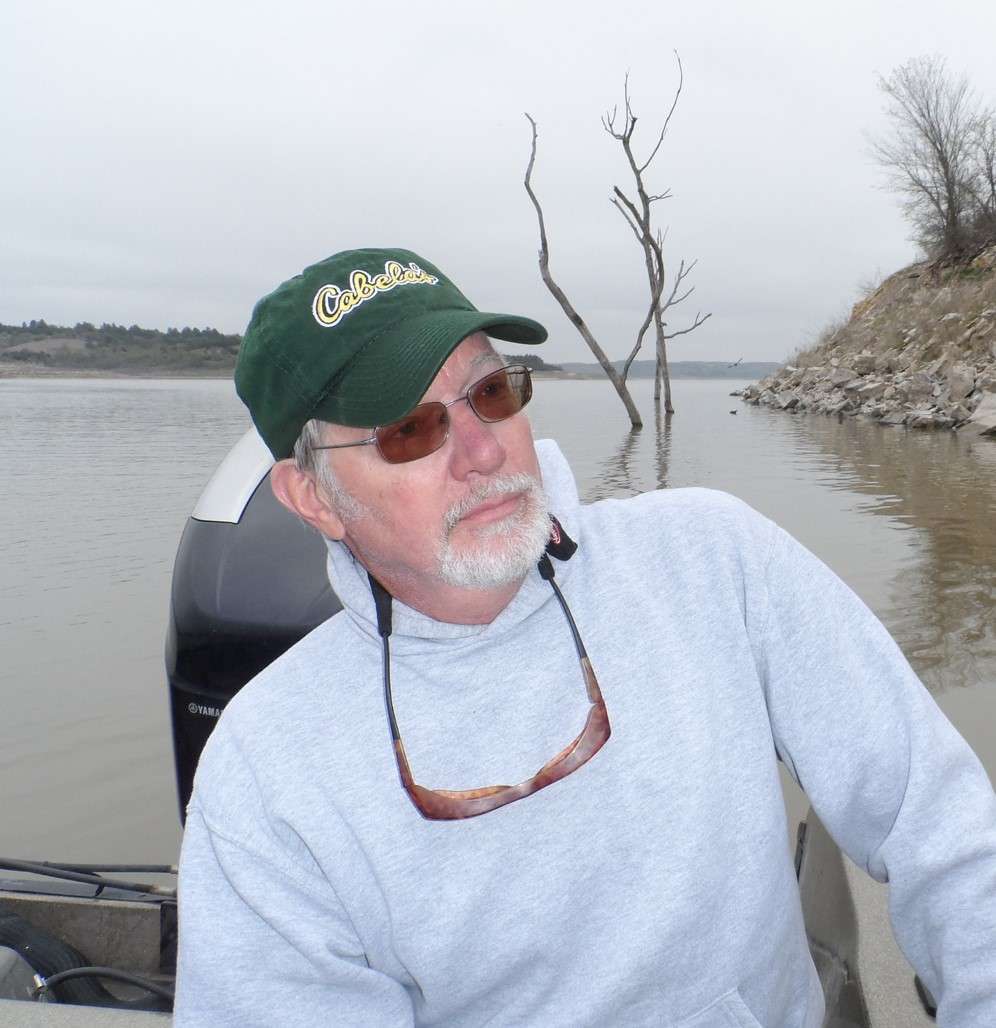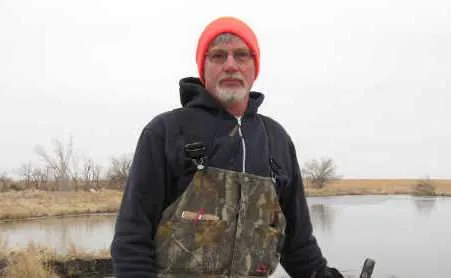Having grown up in Ohio, a state seemingly filled with deer in every nook and cranny, I always took for granted that deer and deer hunting seasons had always existed. I have since learned that is not the case, but in fact modern deer hunting seasons in many states are relatively young and are tributes to wise and careful wildlife management and habitat renewal.
Whitetail deer and wild turkeys were both declared extinct in my home state of Ohio by 1909, and the first deer hunting season in modern history was in 1943, which only encompassed 3 counties and 164 bucks were harvested. In contrast, during the 2013-2014 deer seasons in Ohio, a harvest of over 191, 000 deer was recorded.
I say all this to tell you that this year, 2015 marks the 50th anniversary of modern deer hunting here in Kansas. In the 1800’s bison and elk were plentiful on the Kansas prairies but deer were mostly confined to the eastern third of the state. The late 1800’s saw vast areas of forests and woodland along streams and rivers in eastern KS being cleared for agricultural use, and the number of deer there began a steady decline. By 1890 there were very few deer left in Kansas, and by 1904 they were declared totally gone from our state.
After the dust bowl days of the “dirty thirties,” better conservation methods like the early “Soil Bank” program and the Conservation Reserve Program (CRP) were put into effect, creating better habitat for deer statewide. Deer numbers were also steadily rising in neighboring states, and transient deer from those states plus more and better habitat fostered a steady rise in Kansas deer numbers. In 1965 the first legal Kansas deer hunting season in modern history took place. That first season was 5 days long, 3,975 firearm permits were issued and 1,153 deer were harvested. Ten years later 4,300 deer were taken, and the 1999-2000 season saw the deer harvest in Kansas top 100,000 for the first time ever. During the 2013-2014 season, 123,000 hunters killed 93, 939 deer.
Sadly, large healthy deer populations and a sour economy also bring about more poaching. Poaching can be taking game out-of-season, taking game with illegal equipment and after dark, taking game with no licenses or permits and taking game on land without permission. There is no way to be certain how much game and how many fish are taken illegally each year in KS, but one source estimates those numbers could be nearly equal to the game and fish taken legally by hunters and fishermen. One way all Kansans can help curb poaching is by calling a toll free hotline called Operation Game Thief (1-877-426-3843) set up to report suspected poaching and hunting & fishing law violations. Callers may remain anonymous and the complaint will be relayed to the game warden nearest the violation.
It’s interesting to think that it was 1965 before deer hunting seasons came about here in Kansas, and that there are probably numerous hunters alive still today who hunted in that first season. Our healthy deer population today is a true testament to the resilience of the white tailed deer, and to the wise management of that species by both fish and game officials and by hunters. So go buy a hunting license and deer permit and take a kid deer hunting this year, and while you’re at it, continue to Explore Kansas Outdoors!
Steve can be contacted by email at [email protected].




